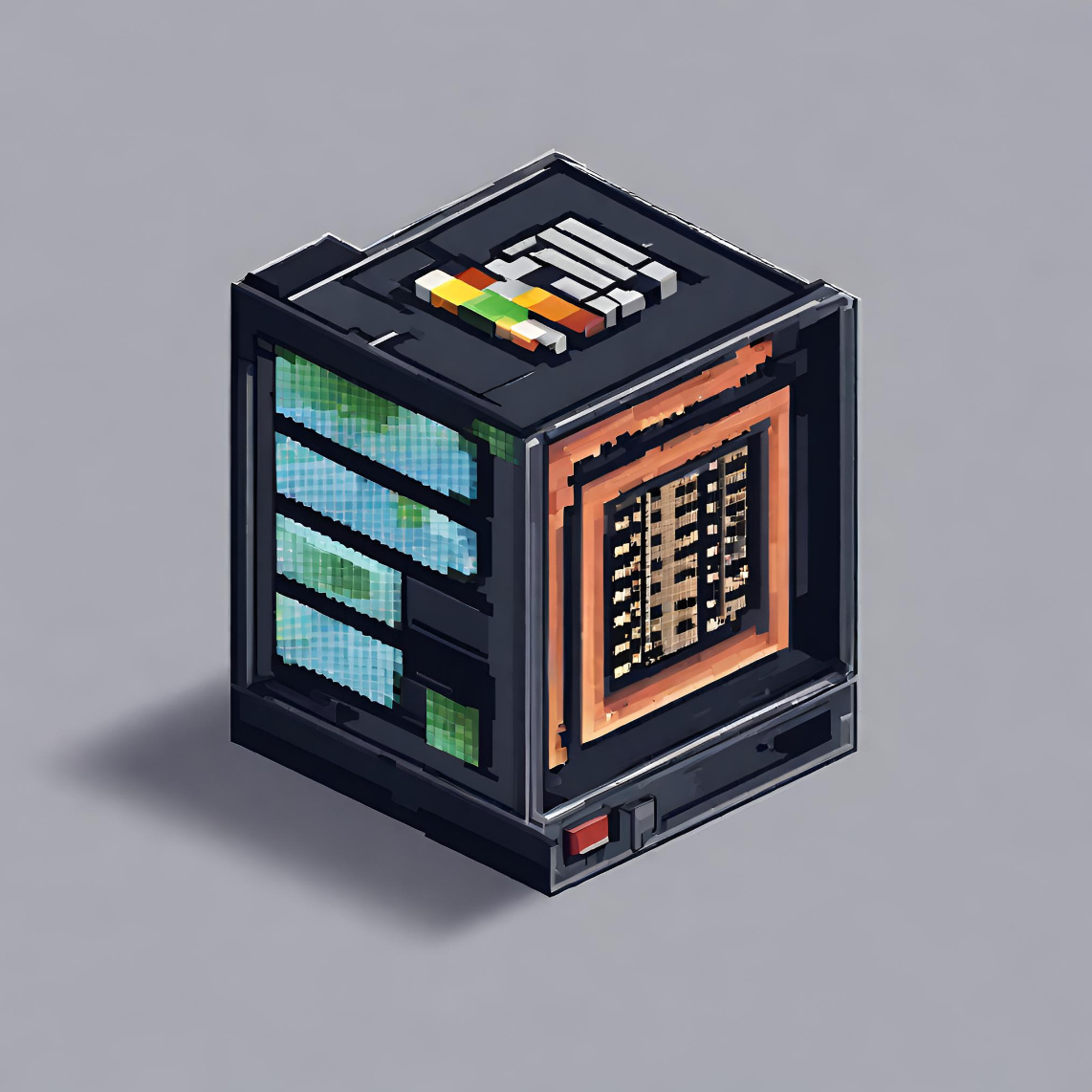274 reads
A Nationwide Drive Time Matrix Between U.S. ZIP Code Areas: Methodology
by
August 10th, 2024
Audio Presented by

Clicking companion to floppy disks, storing megabytes of data, a bridge to the era of chunky computers and slower tech.
Story's Credibility

About Author
Clicking companion to floppy disks, storing megabytes of data, a bridge to the era of chunky computers and slower tech.